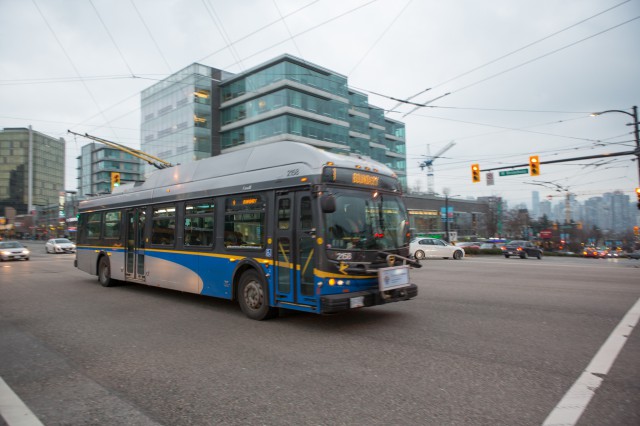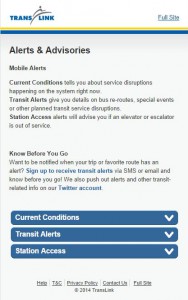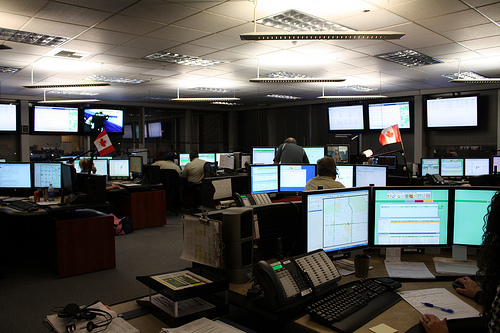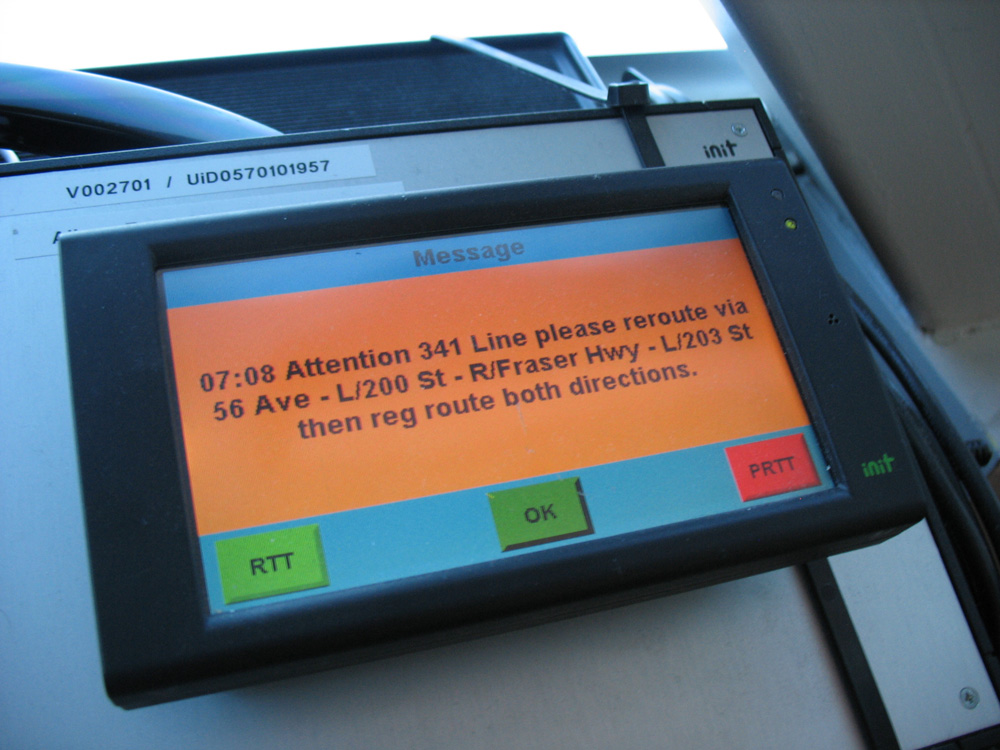TransLink 101: What are detours and why do they happen?
TransLink 101: What are detours and why do they happen?

We’re going back to basics again with TransLink 101—explaining TransLink and its operations!

Detours happen when our service has to take a different route than normal for reasons such as construction, parades, and city events. Whenever possible, these are always communicated to our bus operators and customers well ahead of time so you can plan ahead!
“It is primarily communicated to the Operators via an Operator’s Bulletin posted in the Transit Centre and by email to those Operators on our email list,” Fergie Beadle, Operations Supervisor at Surrey Transit Centre, tells us.

For our customers, the detour information is posted on the bus stops along the affected route. Our Customer Information team also shares it on TransLink.ca’s Transit Alerts page (click here if our mobile-friendly site) and tweet it out on our @TransLink Twitter account as soon as they receive them.
Customers can also give them a call at 604.953.3333 and our agents will be happy to let you know where the bus is going and help you plan an alternative route if you like.
What goes into determining a detour route? It’s actually not as simple as finding a way to get around the obstacle! A number of considerations and factors have to be weighted.
“First and foremost, we try to have our buses miss as few stops as possible when we have to divert our service,” Lance A., a Work Leader from Customer Information says. “But many things can affect where we can actually send a bus.“
Fergie says the primary consideration is to ensure our buses can travel along the streets safety. Is the street wide enough? Can the bus make any turns required?
Having trolley wires can affect which streets we can use when our trolley buses have to detour and if they need to travel long distances. For shorter detours, they are equipped with a battery that allows them to travel about eight blocks with the poles off the wire.

“Transit Communication (T-Comm) tries to stick to main roads because it has to be able to corner and navigate on a street that we don’t normally use,” Lance adds.
“We can only turn down a street that our buses are actually able to use, that’s why we often try to detour buses onto roads where we already have regular bus service, whenever possible.”
Detours can sometimes mean missed stops along a route, but operators at their discretion and when safe to do so, will provide service along a detour route. A good idea for riders is to let the driver know where you would like to go.
“I’d always recommend waving a bus down when it’s not on its normal route, especially on those unexpected detours. The driver may not be aware of where all these new stops are, and you don’t want to miss your bus!,” says Lance.
In the rare event of an unplanned detour, such as due to heavy congestion, a police incident, or a motor vehicle accident, T-Comm and Transit Supervisors use TMAC (Transit Management and Communications System) to deliver the detour information to affected operators.

Operators get a text message on their screen letting them know about the specific detour. The system is smart enough to only alert operators on the affected routes.
At Customer Information, they publish text/email alerts as soon as they receive them. These notifications can involve planned detours, which they often know of weeks in advance through internal bulletins.
These service-related updates could also be related to unplanned detours. The information in the text message that is sent to drivers is seen by Customer Information in a report form as soon as that report is received. At that point, Customer Information will send it out as an alert to riders.
“Detours are a huge part of this job, we need to update the public as quickly as possible when our service is on detour,” says Lance. “Subscribe for text andemail alerts for your route, and follow @TransLink on Twitter so you’re never be out of the loop!”
Author: Allen Tung





